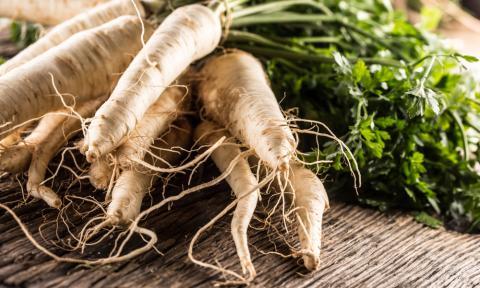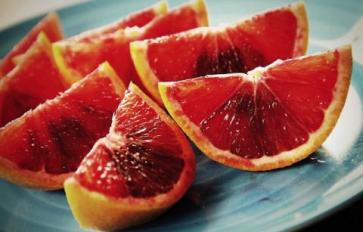
Growing your own organic vegetables is the best way to ensure they will not be exposed to excessive, harsh chemicals. But what if you have sandy soil? Sandy soils are made up of loose, granular dirt containing small rocks and minerals. A common misconception of gardeners is that you cannot grow anything in this kind of soil. I am excited to tell you that even though a great deal of vegetables cannot thrive in this soil, there are a few that actually can. Check out these 7 vegetables that you can grow in sandy soil!
Veggie # 1: Asparagus
Asparagus will do poor in damp or soggy, wet soil because this soil condition can promote root rot during the rainy season. On the other hand, sandy soils that are well-draining are said to be able to provide the right conditions for growing this flowering perennial plant. Asparagus usually takes a few years to get going in the best of growing circumstances, but once it does, you can expect an abundance of asparagus spears.
Veggie # 2: Parsnips
For those who love parsnips, you will be pleased to know that this veggie is able to grow in a variety of soil types. Parsnips are another vegetable that do best when grown in light sandy soil, with good drainage. This root vegetable grows best in deeply worked soils, and it is highly recommended that you try to sow a few varieties, because they may differ a bit in how well they grow in your soil.
Veggie # 3: Potatoes
Potatoes have been known to grow in many kinds of soil types, but they actually prefer to grow in well-drained loam-soil. Although this may be true, it is good to keep in mind that the soil can usually still dry out in the summer season, and this is when you will need to properly wet the sandy soil to ensure adequate moisture, and to yield more quality potatoes.
Veggie # 4: Turnips
This particular annual is said to grow best in well-structured sandy loam. Sandy loam is a soil mixture that contains slightly more sand than silt and clay. Turnips require deep sandy loam soil with plenty sunshine and water. When growing turnips, it is good to pull mature turnips before they become woody.
Veggie # 5: Onions
Onions prefer to grow in rich, sandy soil that has adequate drainage. Compact soil will negatively affect bulb development. Having a combination of sand and compost will make the soil easy to work, while also allowing it to hold in more moisture and nutrients. Using organic fertilizer every few weeks with nitrogen will help you to produce bigger bulbs.
Veggie # 6: Garlic
Garlic does not do well in clay soil or soil that retains a lot of water as this often causes the roots to rot. Because this vegetable bulb grows best in soil that drains well, garlic does really well in sandy soil. With that being said, the soil should still be amended to keep in some moisture. The garlic bulbs must be watered regularly up until the last two weeks of harvest.
Veggie # 7: Peppers
Peppers are so easy to grow, and this is why they are one of the most popular vegetables for home gardens. No matter the variety of pepper you are growing, there is something almost all of them have in common—they all grow better in warm weather with sandy soil. Adding in organic matter will help to improve the soil structure as well as the soil’s ability to hold in moisture.
Growing vegetables in sandy soil is not an unattainable task if done right. You only need to choose the right vegetables and organic soil amenders. Soil amenders are mixtures that are placed into the soil to improve the tillage and the nutrient content. They can also help sandy soil to retain water and moisture. A few examples of some ideal natural soil amenders to boost sandy soil are clay, manure, peat moss, green clippings, and compost. It is important to be cautious when amending sandy soil with compost or manure because they may tend to increase the salt levels, which linger in the soil and potentially ruin your vegetables. One way you can avoid this is by adding in a lot of organic green clippings or waste. Need more information on ways to improve your garden soil? Check out this article.
Stay tuned for more organic home gardening tips and ideas!








